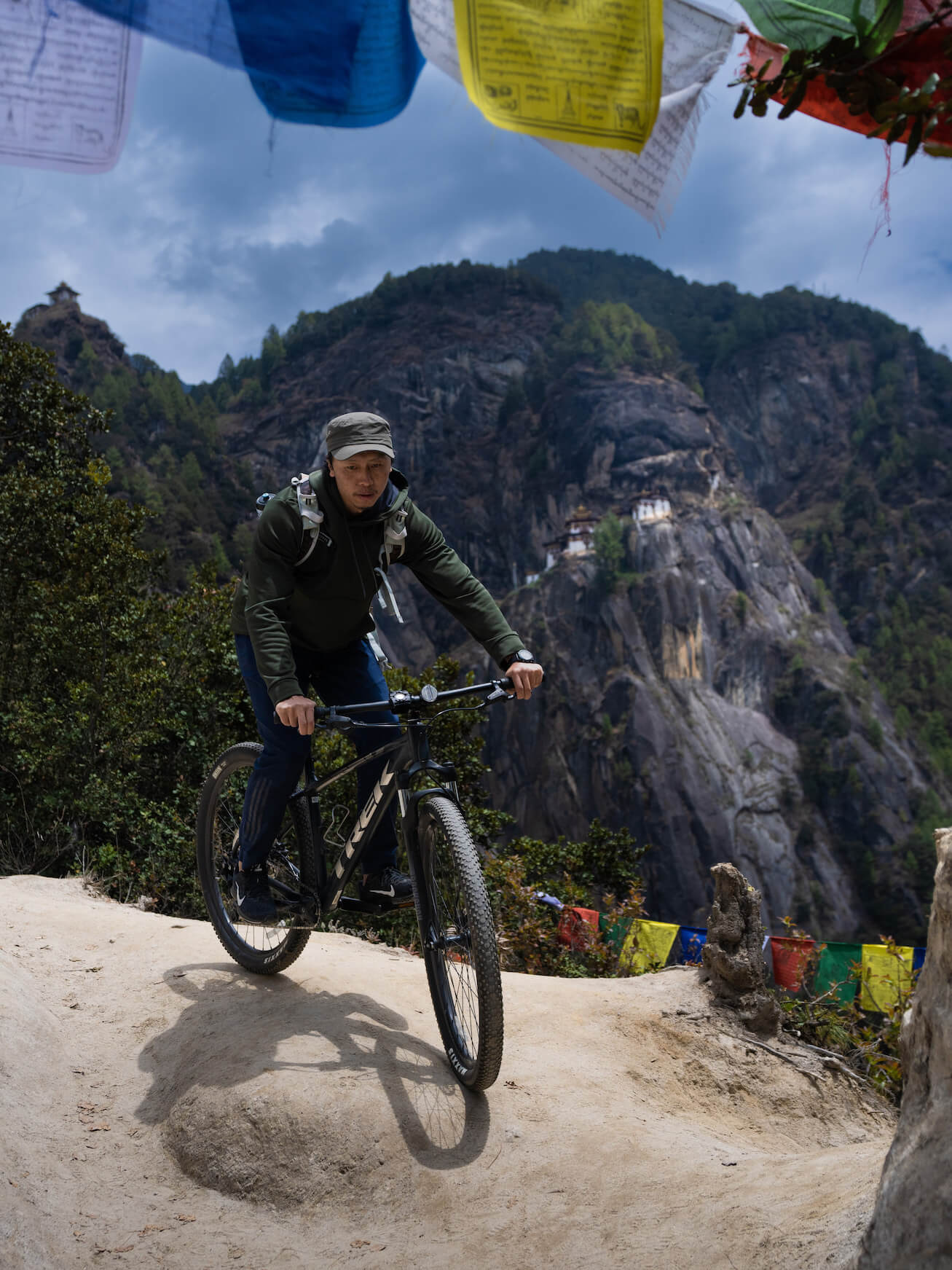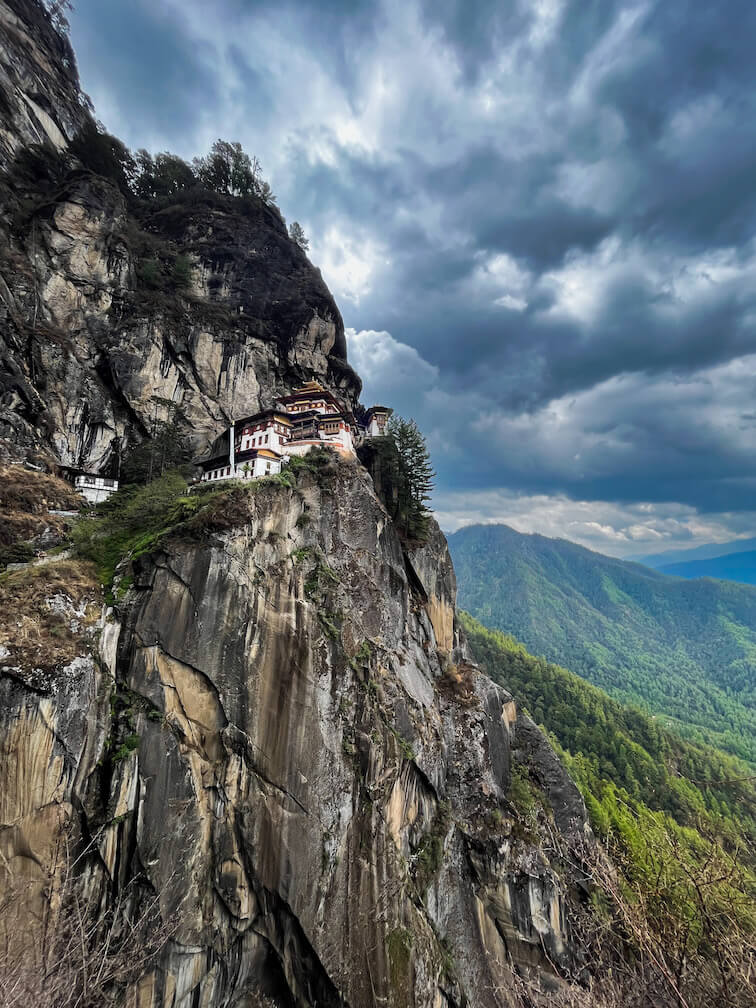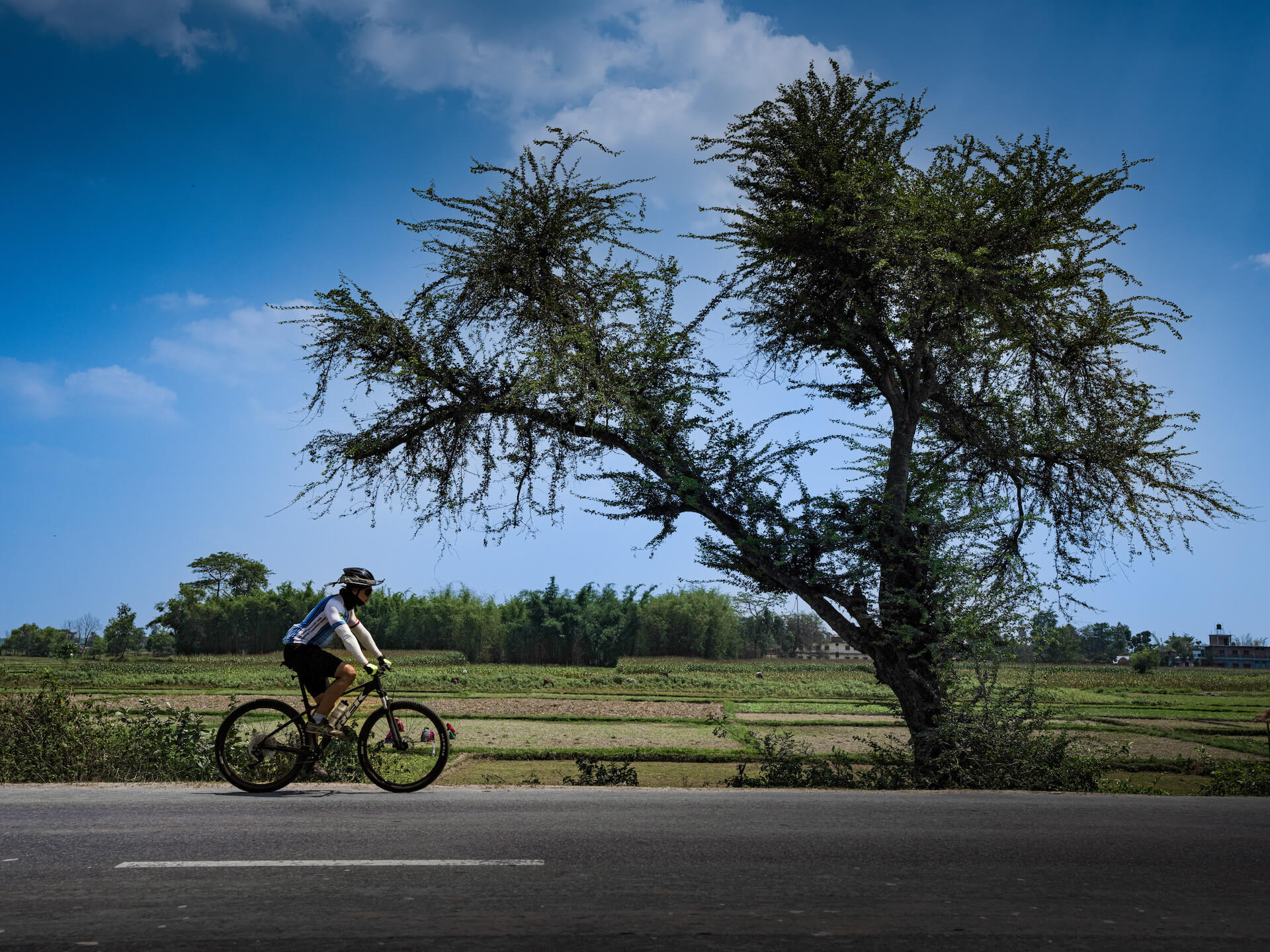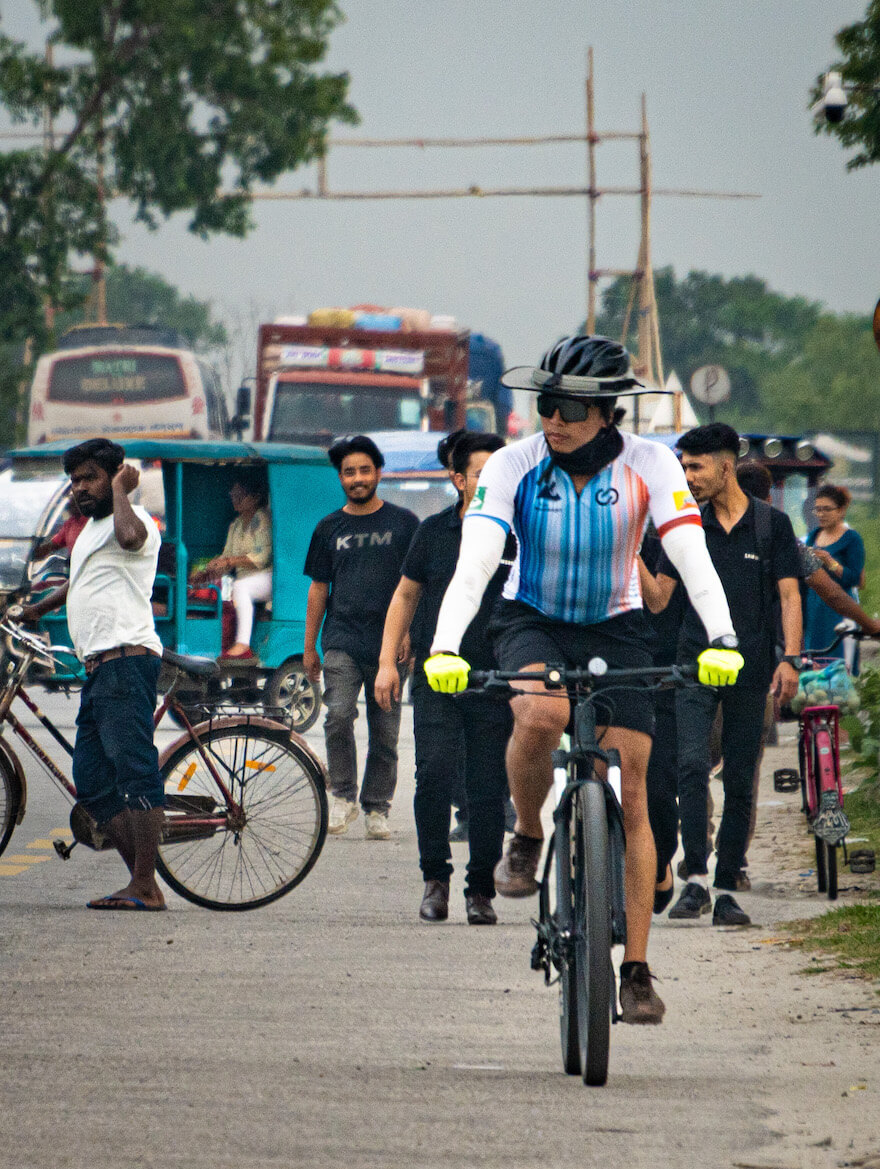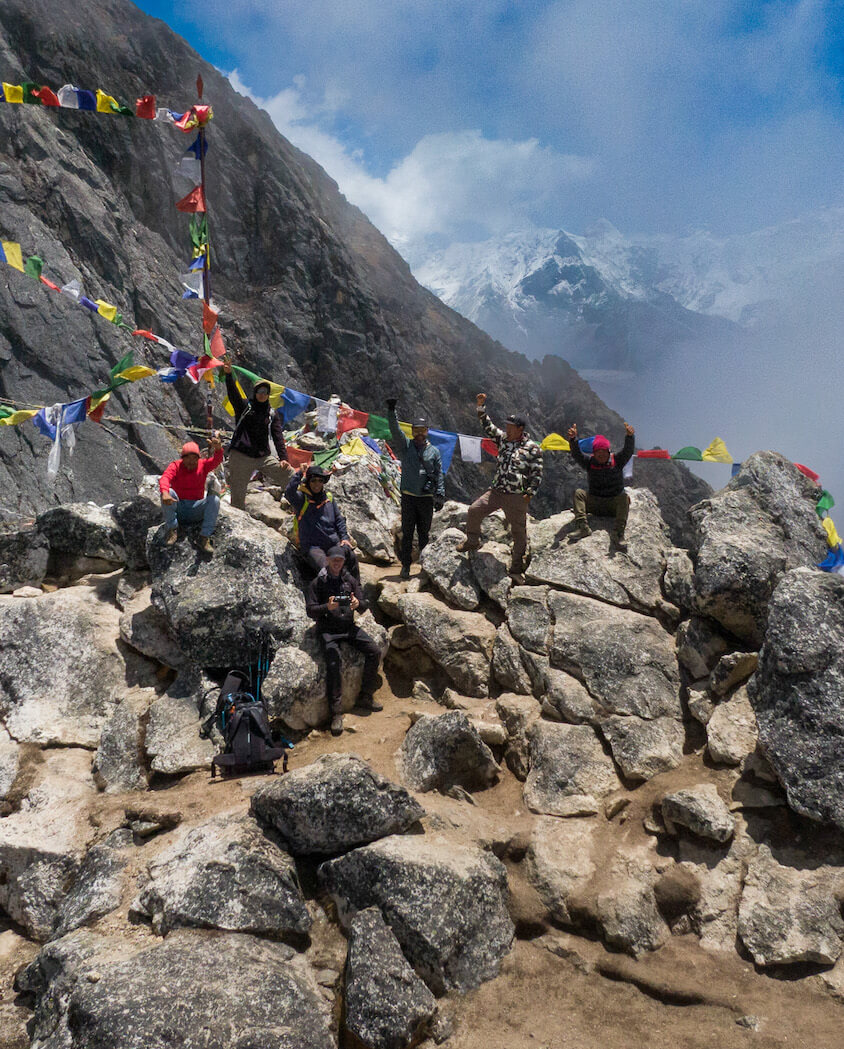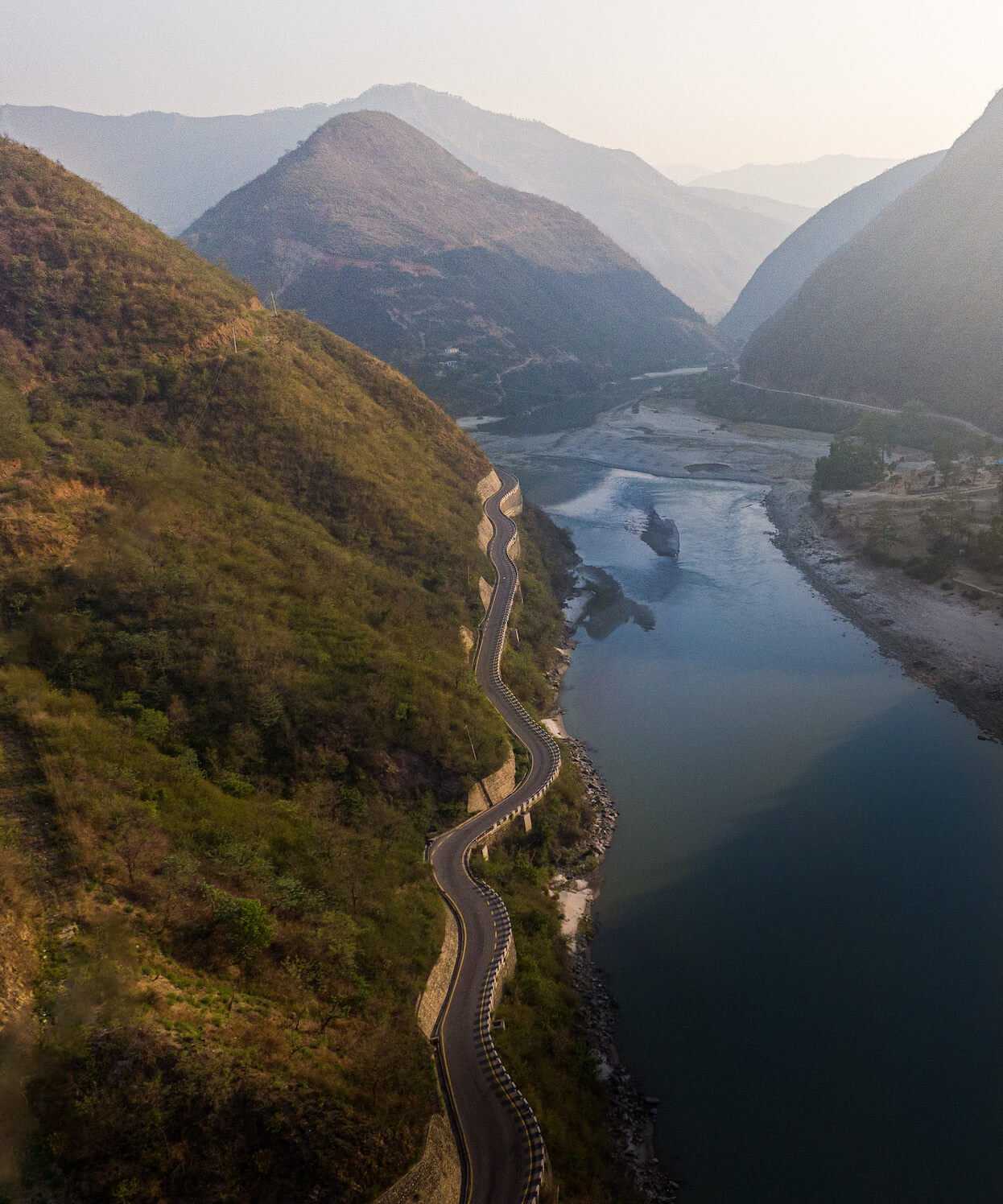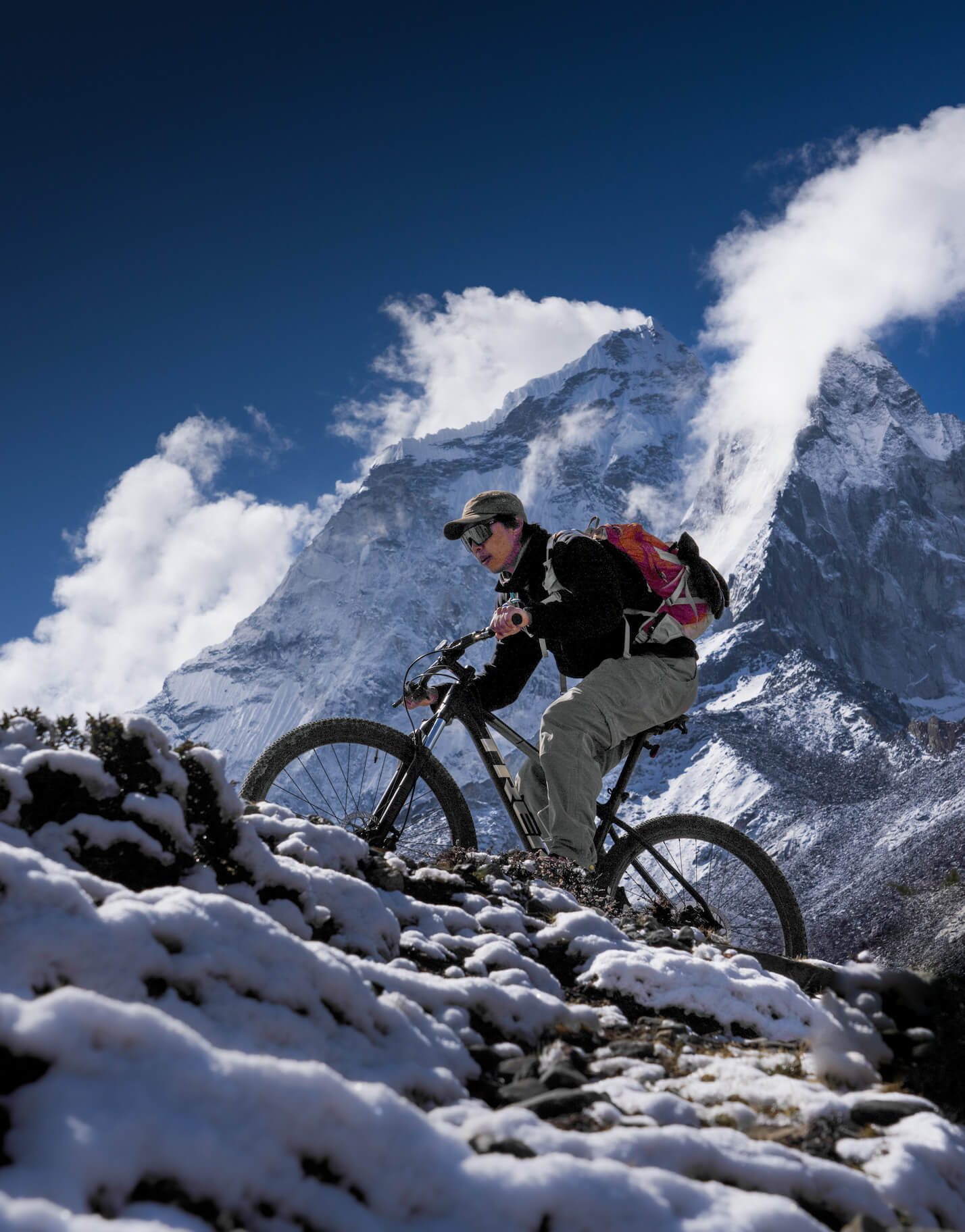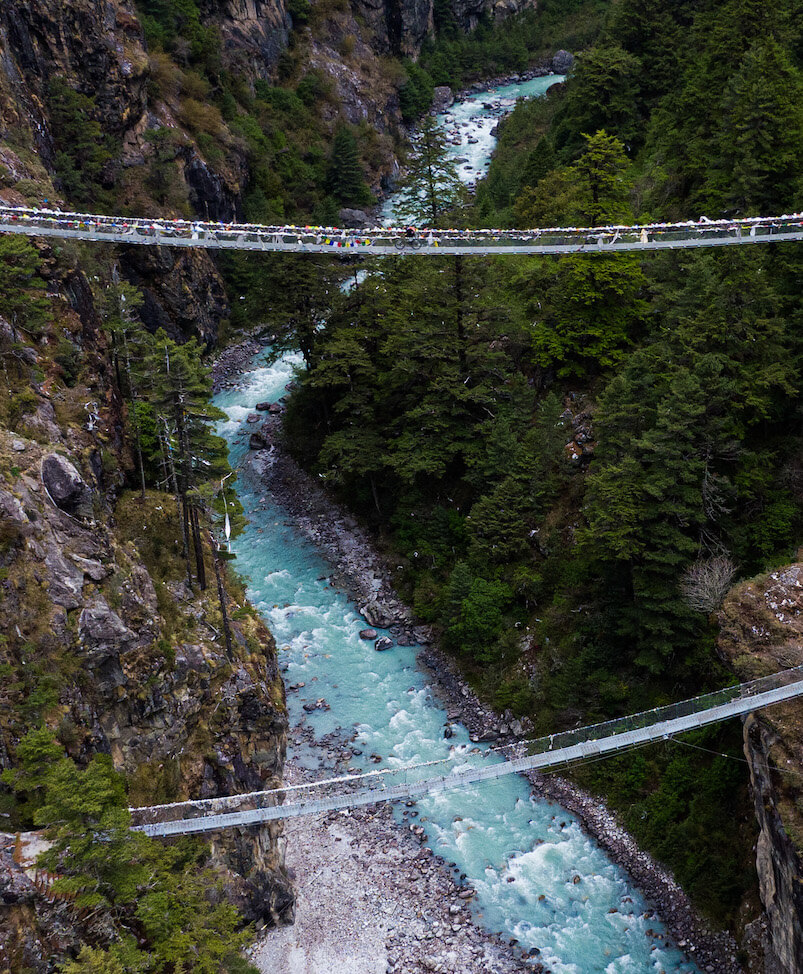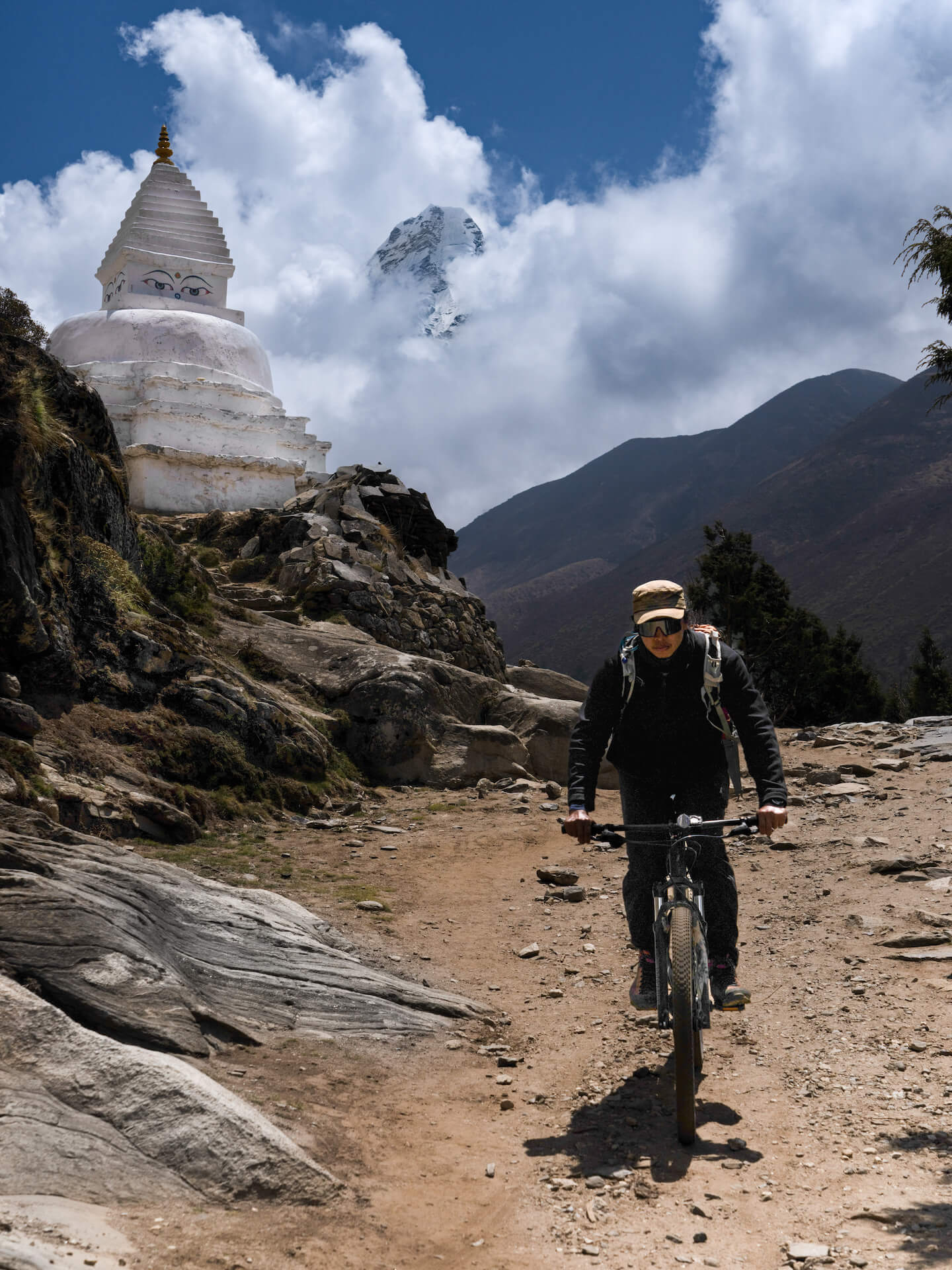Himalayas
Climate change is a major concern in the Himalayas because of potential impacts on the economy, ecology, and environment of the Himalayas and areas downstream. Himalayan glaciers cover about 17% of the global mountain area. They are the largest bodies of ice outside the polar caps.
Accelerated glacier melting has led to increased glacial hazards in the Himalayas known as glacial lake outburst floods (GLOFs). Approximately 200 potentially dangerous glacial lakes in the region could cause catastrophic floods, which can sweep away all means of livelihood in a single stroke.
The most recent peer-reviewed study warns of grave consequences to the region, which provides freshwater services to 1.9 billion people, a quarter of the world’s population and is home to four global biodiversity hotspots. The study finds:
- Himalayan glaciers disappeared 65% faster in the 2010s than in previous decade
- The glaciers could lose up to 80% of their current volume by end of this century
- Availability of water in the Hindu Kush Himalaya is expected to peak in mid-century
- Floods and landslides are projected to increase over the coming decades
- Effects of the changing cryosphere on fragile mountain habitats are particularly acute
Phase I – Highest Glacier impacted by Climate Change
Ice that took 2000 years to form on the world’s highest glacier, the South Col glacier on Mt Everest has disappeared in the last 25 years due to climate change.
In May 2023, we biked across Nepal to Kathmandu and continued biking to the base of Everest to collect ice from the South Col glacier that was brought down by Lhakpa Nuru, a Sherpa who has summitted Everest 22 times.
Soon, the campaign will also collect meltwater from the glacier of the highest unclimbed mountain in the world.
Phase II – COP28 in Dubai
On the 1st of November 2023, Jamyang is biking solo and unsupported, carrying the ice-water collected from the glaciers of Bhutan and Everest, Nepal. He will ride through Nepal, India and Pakistan to get to Dubai for the COP28 climate summit. While demanding urgent climate action, the campaign also aims to give voice and garner attention to the plight of the Himalayan communities and bring much needed support to the region.
The Campaign carries 3 Key Messages:
Stop Deforestation / Plant Trees / Restore Old Forests
Swift Transition to Renewable Energy
Inclusion of Climate Crisis Studies in School Curriculum
